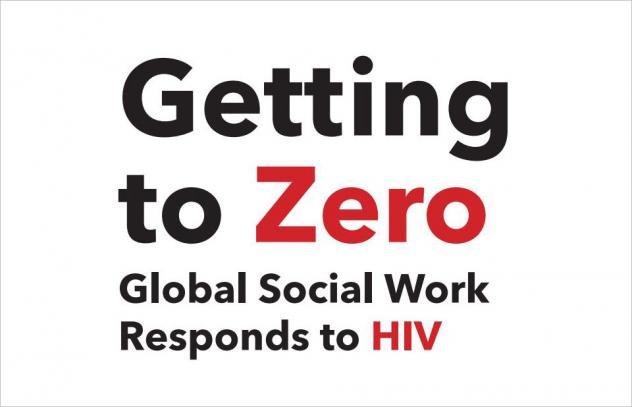Get to Zero.
-

Zero deaths. Zero infections. Zero stigma
About 1.3 million people became infected with HIV in 2022; about 40K of these people live in the United States. We have the medical technology and knowledge that is needed to end the HIV epidemic - our charge is implement these solutions! A major barrier to HIV education and care is stigma. Together, we are working to reach our shared goal of no HIV-related deaths, infections or stigma.
-

Women, Drug Use & HIV
Women who use drugs are disproportionately impacted by HIV. One study of people with HIV found that 40% reported using illicit drugs other than marijuana. In contrast, among the general adult population in the US, 20.8% report any illicit drug use. Among women, rates of substance use are higher than among women living with HIV. Substance abuse, violence, and HIV/AIDS are understood to be “concurrent, intertwined, and mutually reinforcing health and social problems,” and are known as the SAVA syndemic (Meyer, Springer & Altice, 2011). The figure above, created by Meyer et al. (2011) highlights the impact of personal, social, and criminal-legal factors on this syndemic.
-

Women, Incarceration & HIV Risk
Incarceration can increase the HIV risk of women who use drugs and can also interrupt HIV risk related to drug use and interpersonal violence. Research has highlighted the myriad ways in which incarceration can disrupt women’s lives and increase HIV risk related to sexual behavior and drug use. Housing, employment, and relationship challenges during reentry elevate women’s HIV risk. At the same time, for many women, prison can provide a refuge from community violence. The fact that women find relative safety in prison speaks to the profound danger and vulnerability experienced by women in the United States.